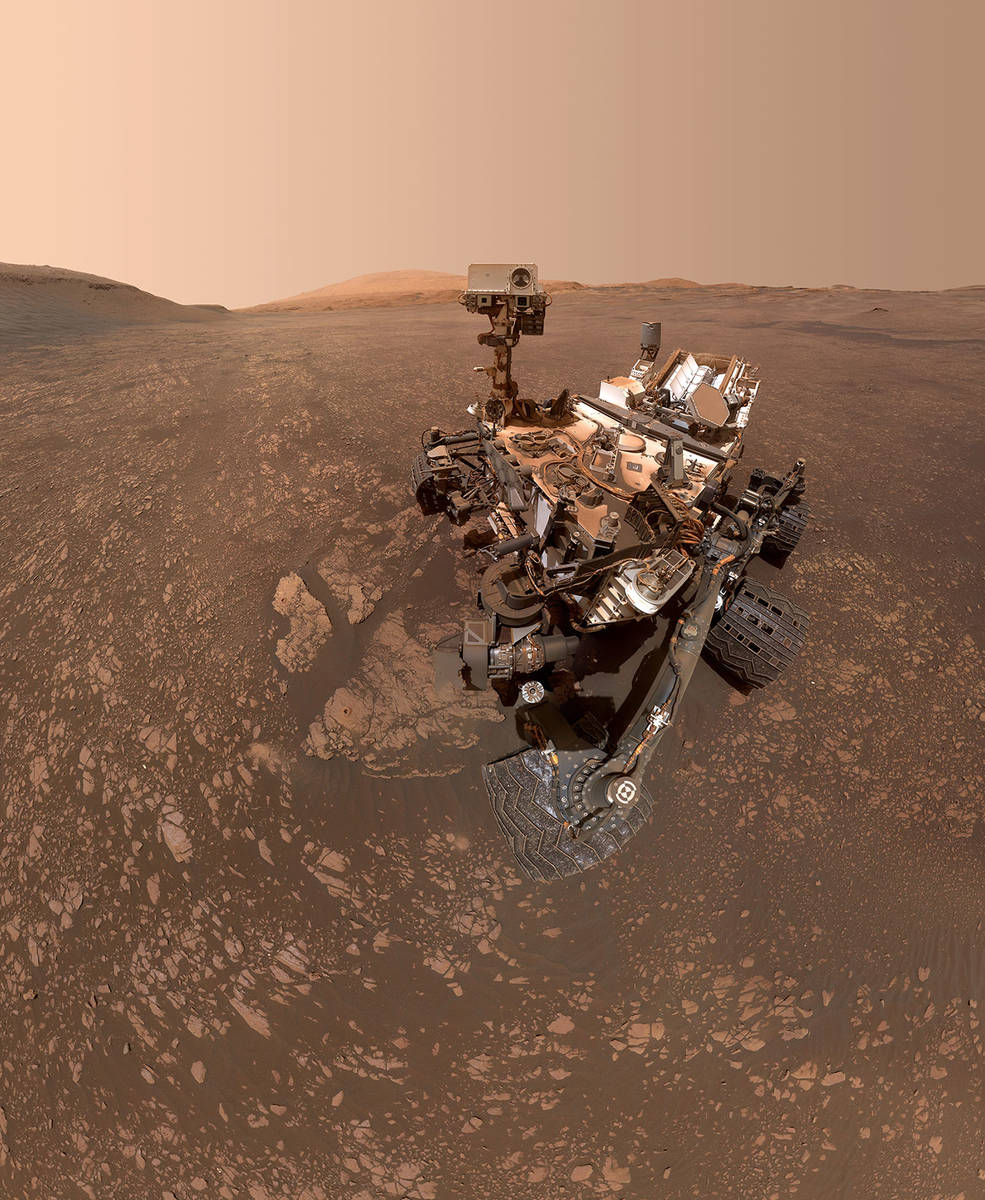
(Image Credit: NASA/JPL-Caltech/MSSS)
The Curiosity Mars Rover, run by NASA, has been having great success with its primary mission objectives of late. The little rover has been exploring Gale Crater, around the base of a minor Mars mountain, named Mount Sharp, a site which appears to have been an ancient Martian lake. The discovery of high concentrations of clay minerals in two new drill samples taken in the region appear to confirm those suspicions, and lend further strength to the image of Mars once having been a watery planet, capable of harboring forms of life we might recognize.
The rover took a pretty excellent ‘selfie’ on May 12, 2019, in which the two recent drill sites are included so as to give a notion of place to all of this abstracted science that is taking place up there. While this pretty much confirms that Gale Crater once contained a ‘significant’ amount of water, and that the rocks in the nearby area likely formed through a familiar process of sedimentation in those ancient lakes, it still doesn’t get us closer to actual proof of any life forms. The search continues!
References:
